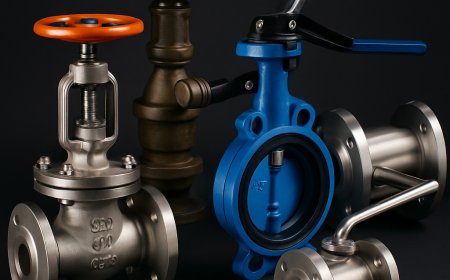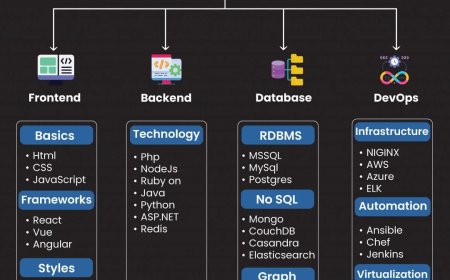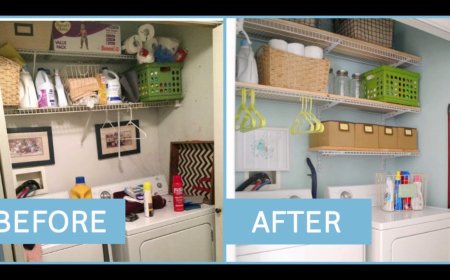Emergency Response Planning within Safe Systems of Work (SSOW)
Emergencies at work can strike when we least expect them a sudden chemical spill, a fire alarm at 2 AM, or an injured co-worker needing immediate help. Having a well-prepared emergency response plan within a Safe System of Work (SSOW) can make the difference between chaos and calm, injury and safety, even life and death.
When you invest time in crafting a robust emergency response as part of your SSOW, youre not just ticking a box for compliance; youre actively protecting your people and your operations. Many organizations consider enrolling their safety managers in professional safety training to strengthen this planning knowing the NEBOSH course fees in Pakistan can help you plan your training budget alongside your safety systems.
Lets break this down clearly and practically.
Why Is Emergency Response So Important in a Safe System of Work?
A Safe System of Work is all about planning work so its done safely every time. But no matter how careful we are, things can still go wrong. Thats where emergency response comes in: it fills the gap when control measures fail.
Imagine youre working in a chemical warehouse. You follow the rules, wear protective gear, and inspect equipment daily. But one day, a container leaks and fumes fill the room. Your calm, clear emergency plan kicks in: workers evacuate fast, a spill team seals the leak, and no one gets hurt. Thats an SSOW at work, handling the unexpected.
Building Blocks of an Effective Emergency Response Plan
Designing an emergency response plan is like building a safety net. Here are the essential steps:
1?? Identify Potential Emergencies
First, you must know what could go wrong. Common workplace hazards include:
-
Fires and explosions
-
Chemical spills
-
Gas leaks
-
Equipment failures
-
Medical emergencies
-
Natural disasters (floods, earthquakes)
Walk through your worksite and ask, If this fails, what happens next? This helps you see risks you might overlook on paper.
2?? Assign Roles and Responsibilities
When an alarm sounds, confusion can cost lives. Everyone must know:
-
Who raises the alarm
-
Who calls emergency services
-
Who helps evacuate staff
-
Who manages first aid
-
Who liaises with responders
Train backup people too your fire warden might be on leave one day.
3?? Develop Clear Evacuation Procedures
People panic when they dont know where to go. Mark exits clearly, practice drills often, and make sure escape routes stay clear of clutter.
A real story I heard from a factory supervisor: One day, a small fire broke out in our store room. Because we had practiced fire drills monthly, the evacuation was calm and quick we were all outside within three minutes. Firefighters praised our staff for staying safe.
4?? Arrange Suitable Emergency Equipment
Your workplace should have:
-
Fire extinguishers and blankets
-
First aid kits
-
Spill kits for chemicals
-
Respirators if toxic fumes are possible
-
Emergency lighting and alarms
Check and maintain this equipment regularly theres nothing worse than grabbing an empty fire extinguisher in a crisis.
5?? Provide Practical Training
An emergency plan is just words until people know what to do. Regular training makes actions automatic under pressure.
Run drills for different scenarios: fires, leaks, medical incidents. Get staff to practice using extinguishers or spill kits in safe, controlled exercises.
6?? Review and Improve
After a real incident or a drill, gather the team and ask:
-
What went well?
-
Where did we struggle?
-
What can we change to respond faster or safer next time?
Updating your plan keeps it alive and relevant.
Integrating Emergency Response into Your Safe System of Work
Your emergency plan shouldnt stand alone it should be woven into your day-to-day working system. Heres how:
Regular Risk Assessments
Update risk assessments whenever you introduce new equipment, materials, or processes. If a new chemical could cause a spill, update your emergency steps too.
Permits to Work
For high-risk jobs (like hot work or confined spaces), include emergency procedures in the permit. Workers should know exactly what to do if something goes wrong.
Communication
Post emergency instructions in clear, simple language at visible spots. Consider language barriers use pictograms if your workforce is multilingual.
Record Keeping
Keep records of drills, training, incidents, and lessons learned. Theyre useful for audits and show that you take safety seriously.
A Step-By-Step Guide to Crafting Your Emergency Response Plan
Lets put this into a practical checklist you can follow:
-
Identify hazards: List all possible emergencies related to your work activities.
-
Assess impacts: For each hazard, ask how bad it could be and how likely.
-
Develop response actions: Define step-by-step actions to handle each type of emergency.
-
Assign roles: Decide who does what and train them well.
-
Equip the workplace: Install and maintain emergency tools and signs.
-
Communicate: Share the plan with everyone; dont assume theyll read a manual.
-
Practice: Schedule regular drills for all likely scenarios.
-
Review and revise: Learn from practice and real incidents, and update the plan.
Benefits of Good Emergency Response Planning
When you embed clear, practiced emergency response in your SSOW, you gain:
? Faster, calmer reaction in real crises
? Fewer injuries and less damage
? Lower insurance costs and legal risks
? Peace of mind for workers and managers alike
? Strong evidence of compliance for safety audits
Its an investment that protects your people and your reputation.
Training: The Backbone of Workplace Safety
Many companies choose professional safety courses to empower their teams to create and manage solid emergency response systems. Understanding NEBOSH course fees in Pakistan can help you budget for this essential training. These programs cover practical risk assessment, emergency planning, and the legal responsibilities you must meet.
If you want your safety system to stand up to real-world hazards, its worth investing in the right knowledge.
Read more about NEBOSH course duration and fees in Pakistan to plan your training journey wisely.
Final Thoughts
Emergencies cant always be prevented, but you can control how prepared you are. An emergency response plan woven into a Safe System of Work is not just a legal duty its a moral one. It shows your workers, clients, and the community that you take safety seriously.
Start by asking simple questions: What could go wrong here? and Are we ready for it? Then take action. Equip your team, practice your plan, and stay ready.
Your next drill might just save a life tomorrow.





































